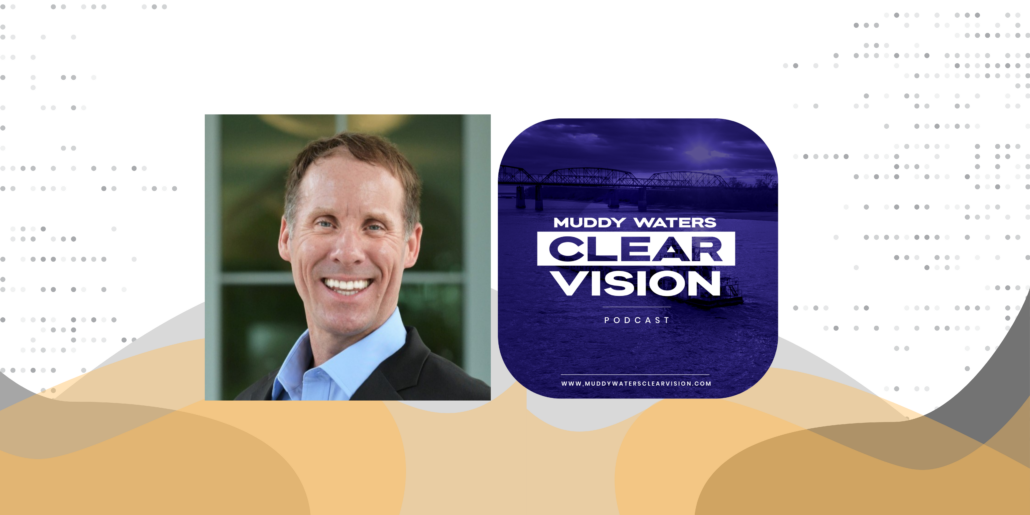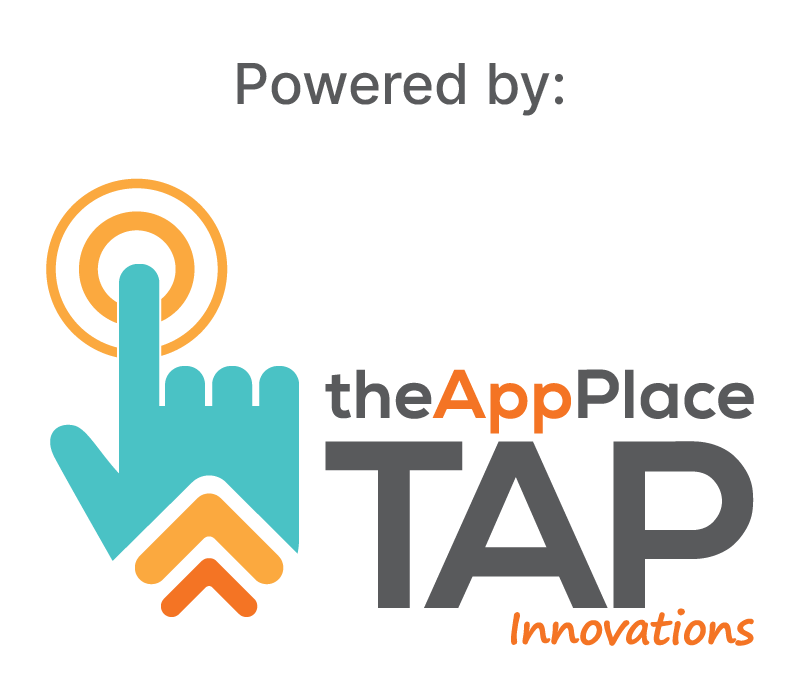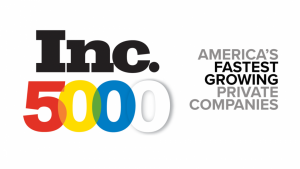The Importance of HCM Integration
The importance of HCM integration lies in its ability to revolutionize workforce management and drive organizational success. Here is a numbered list detailing the significance of HCM integration:
- Streamlined Processes: HCM integration eliminates manual and disjointed processes by seamlessly connecting various HR systems. This streamlining enhances operational efficiency, reduces administrative burdens, and allows HR professionals to focus on strategic initiatives.
- Data Accuracy and Consistency: Integrating HCM systems ensures that employee data remains accurate and consistent across multiple platforms. This eliminates data discrepancies, minimizes errors, and enables organizations to make informed decisions based on reliable information.
- Enhanced Decision-Making: HCM integration provides real-time access to comprehensive workforce data, enabling data-driven decision-making. HR professionals can analyze trends, identify performance gaps, and implement strategies to optimize talent management and drive business outcomes.
- Improved Employee Experience: Integrated HCM systems enable a seamless and personalized employee experience. From streamlined onboarding and self-service portals to enhanced benefits administration and performance tracking, employees benefit from a cohesive and user-friendly HR ecosystem.
- Compliance and Risk Mitigation: Integration ensures consistent application of policies and regulations, enhancing compliance and minimizing legal and security risks. It enables organizations to enforce data privacy measures, access controls, and meet regulatory requirements.
- Strategic Alignment: HCM integration aligns HR functions with broader organizational goals. It facilitates the integration of talent acquisition, performance management, learning and development, and compensation strategies, leading to improved employee engagement and productivity.
- Scalability and Flexibility: Integrated systems provide scalability to accommodate organizational growth and changes. Whether it’s expanding into new markets, onboarding new employees, or adapting to evolving business needs, integrated HCM systems can adapt and scale accordingly.
- Cost Efficiency: HCM integration can lead to cost savings by reducing manual effort, eliminating duplicate data entry, and minimizing errors. It optimizes resource allocation and improves operational efficiency, resulting in improved ROI for HR investments.
- Data Analytics and Reporting: Integrated HCM systems provide comprehensive data analytics and reporting capabilities. HR professionals can generate insightful reports, analyze trends, and gain valuable workforce insights to inform strategic decision-making.
- Competitive Advantage: By integrating HCM systems, organizations gain a competitive edge. They can attract and retain top talent, foster a positive employee experience, and build an agile and adaptive workforce capable of driving innovation and growth.
These factors highlight the significance of HCM integration in unlocking the full potential of an organization’s workforce, fostering operational efficiency, and enabling strategic HR practices that drive business success.
Common Datasets Used for HCM Integrations
When it comes to HCM integration, several common datasets are typically used to ensure seamless connectivity and accurate information exchange across systems. Here is a numbered list of the most common datasets used for HCM integration:
- Employee demographics Integration: onboarding and offboarding: This dataset includes employee information such as names, contact details, job titles, employment status, and organizational hierarchy. It forms the foundation for various HR processes and serves as a basis for data synchronization.
- Time Tracking to Payroll Integration: Time tracking data records employee work hours, breaks, and attendance. Integrating this dataset with HCM payroll providers ensures accurate compensation calculations, seamless payroll processing, and compliance with labor regulations. By synchronizing time tracking data with payroll systems, organizations can streamline their payroll operations and improve workforce management.
- Time and Attendance Integrations: Time and attendance data tracks employee work hours, breaks, time off, and overtime. Integrating this dataset with HCM systems allows for accurate calculation of attendance, leaves, and enables seamless workflow management.
- Benefits and Compensation Data: This dataset includes employee benefits packages, such as health insurance, retirement plans, and other employee perks. Integrating benefits and compensation data with HCM systems streamlines benefits administration, enrollment, and provides comprehensive compensation management.
- Performance Evaluations: Performance evaluation data consists of employee performance reviews, ratings, feedback, and development plans. Integrating this dataset enables organizations to track employee performance, identify skill gaps, and drive talent development initiatives.
- Learning and Development Information: This dataset encompasses employee training records, certifications, completed courses, and professional development activities. Integrating learning management systems with HCM systems facilitates the seamless tracking of employee training and enables targeted learning interventions.
- Succession Planning Data: Succession planning data identifies high-potential employees, their skills, and readiness for future leadership roles. Integrating this dataset with HCM systems enables organizations to identify and nurture future leaders effectively.
- Organizational Structure and Hierarchies: Organizational structure data outlines reporting relationships, departments, teams, and job roles within an organization. Integrating this information allows for accurate reporting, visibility, and efficient organizational management.
- Recruitment and Applicant Tracking Data: Recruitment data includes job postings, applicant details, resumes, and interview feedback. Integrating this data with HCM systems streamlines the hiring process, enables effective applicant tracking, and enhances candidate management.
- Employee Engagement Surveys and Feedback: Employee engagement data captures employee feedback, survey results, and sentiment analysis. Integrating this dataset with HCM systems helps organizations monitor and improve employee engagement levels.
These common datasets serve as the building blocks of HCM integration, ensuring seamless information flow and accurate data synchronization across various HR processes. Integrating these datasets empowers organizations to make informed decisions, optimize workforce management, and drive business success.
Stories of Manual Efforts and Spreadsheets without HCM Integration
Here are five common stories that illustrate the challenges and inefficiencies of manual efforts and spreadsheets in the absence of HCM integration:
- Manual Data Entry and Duplication: Without HCM integration, HR professionals often spend significant time manually entering employee data into multiple systems, such as payroll, benefits, and performance management. This tedious process is prone to errors and duplication, leading to discrepancies and inconsistencies across systems.
- Disconnected Onboarding Processes: In organizations without HCM integration, onboarding new employees involves numerous manual tasks and paper-based processes. HR professionals manually collect and file paperwork, manually enter employee information into different systems, and coordinate communication across departments. This fragmented approach results in delays, increased administrative burdens, and a suboptimal employee experience.
- Tedious Benefits Administration: In the absence of HCM integration, benefits administration relies heavily on manual efforts and spreadsheets. HR professionals manually track employee benefit enrollments, calculate deductions, and reconcile data across various benefit providers. This manual approach is time-consuming, error-prone, and lacks real-time visibility, leading to potential errors in benefits management.
- Inefficient Time and Attendance Tracking: Without HCM integration, time and attendance tracking often involves manual timesheets, paper-based approvals, and spreadsheets for tracking employee hours. This manual process is susceptible to errors, requires additional effort for data entry, and lacks real-time visibility into attendance patterns and leave management.
- Limited Reporting and Analytics Capabilities: Manual processes and disconnected spreadsheets make it challenging to generate comprehensive and accurate HR reports. HR professionals must manually gather data from various sources, consolidate it, and manipulate spreadsheets to create meaningful reports. This manual effort is time-consuming, prone to errors, and limits the ability to gain valuable insights for strategic decision-making.
These stories highlight the drawbacks of relying on manual efforts and spreadsheets without HCM integration. The inefficiencies, errors, and delays associated with disconnected systems can hinder HR operations, reduce productivity, and compromise data accuracy. Adopting HCM integration addresses these challenges by automating processes, improving data consistency, and enabling streamlined workflows for enhanced HR management.
Common Systems that Benefit from Integrating with an HCM System
Integrating an HCM system with other key systems can bring significant benefits to organizations. Here is a numbered list of common systems that benefit from integration with an HCM system:
- Payroll Systems: Integration between HCM and payroll systems ensures accurate and timely processing of employee compensation, tax calculations, and benefits deductions. It eliminates the need for manual data entry, reduces errors, and streamlines payroll administration.
- Time and Attendance Systems: Integrating HCM with time and attendance systems allows for seamless tracking of employee work hours, breaks, leaves, and overtime. It enables accurate attendance data for payroll processing, simplifies leave management, and provides insights into workforce productivity.
- Benefits Administration Systems: Integration between HCM and benefits administration systems automates the enrollment and management of employee benefits. It ensures timely and accurate updates to benefits information, facilitates eligibility verification, and simplifies the administration of health insurance, retirement plans, and other employee benefits.
- Learning Management Systems (LMS): Integrating HCM with an LMS enables organizations to centralize and automate employee training and development processes. It allows for seamless assignment of training courses, tracking of learning progress, and capturing training completion data within the HCM system for comprehensive talent development.
- Performance Management Systems: Integration between HCM and performance management systems streamlines the performance evaluation process. It enables the automated transfer of performance ratings, goal progress, and feedback from performance management systems to the HCM system. This integration provides a comprehensive view of employee performance and facilitates talent development initiatives.
- Recruitment and Applicant Tracking Systems (ATS): Integrating HCM with ATS systems improves the hiring process. It allows for seamless transfer of candidate information, streamlines onboarding, and automates the creation of employee records in the HCM system upon hiring. This integration reduces manual data entry and enhances the efficiency of talent acquisition.
- HR Service Desk/Case Management Systems: Integration between HCM and HR service desk or case management systems enables efficient handling of employee inquiries, requests, and issue resolution. It ensures that HR professionals have access to up-to-date employee data and case history, facilitating effective employee support and HR service delivery.
- Financial Systems: Integration between HCM and financial systems, such as general ledger or accounting systems, helps ensure accurate cost allocation and financial reporting. It enables the seamless transfer of payroll and employee-related financial data, facilitating financial analysis, and providing accurate insights into workforce costs.
- Employee Self-Service Portals: Integration between HCM and employee self-service portals allows employees to access and update their personal information, view pay stubs, request time off, and manage benefits. This integration enhances employee engagement, reduces administrative burdens, and empowers employees to manage their HR-related tasks efficiently.
- Compliance and Reporting Systems: Integrating HCM with compliance and reporting systems ensures accurate and timely reporting of HR-related data. It enables organizations to generate comprehensive reports on workforce demographics, diversity, turnover rates, compliance with labor regulations, and other critical HR metrics.
Integrating these systems with an HCM system helps organizations create a connected and efficient HR ecosystem, enabling streamlined processes, accurate data flow, and enhanced workforce management capabilities.
ROI Factors for HCM Integration
When evaluating the return on investment (ROI) for HCM integration, organizations consider several common factors. Here are the key ROI factors to consider:
- Time Savings: HCM integration reduces manual effort, eliminates duplicate data entry, and streamlines processes. This saves time for HR professionals, enabling them to focus on strategic initiatives and value-added tasks.
- Increased Efficiency: Integration eliminates manual processes, reduces errors, and streamlines workflows. This leads to improved operational efficiency, allowing HR teams to handle a larger volume of work with fewer resources.
- Improved Data Accuracy: HCM integration ensures data consistency and reduces the risk of errors associated with manual data entry. Accurate and reliable data leads to informed decision-making and avoids potential costly mistakes.
- Enhanced Employee Experience: Integration creates a seamless and user-friendly experience for employees. Self-service portals, automated processes, and easy access to HR information contribute to higher employee satisfaction, engagement, and productivity.
- Compliance and Risk Mitigation: HCM integration helps organizations comply with regulatory requirements, such as data privacy regulations and labor laws. This minimizes the risk of non-compliance penalties and legal issues, protecting the organization’s reputation and financial well-being.
- Cost Savings: Integration reduces administrative costs associated with manual processes, paper-based systems, and redundant data entry. Automation and streamlined workflows lead to cost savings through improved resource allocation and increased operational efficiency.
- Strategic Decision-Making: Integration provides comprehensive and real-time access to workforce data, enabling data-driven decision-making. This empowers HR leaders to make informed strategic decisions about talent management, resource allocation, and organizational planning.
- Improved Reporting and Analytics: Integrated systems provide robust reporting and analytics capabilities, enabling HR professionals to generate insightful reports and gain valuable workforce insights. This improves the accuracy of HR metrics and contributes to better workforce planning and optimization.
- Talent Management Optimization: HCM integration facilitates seamless talent management processes, including recruitment, onboarding, performance management, learning, and development. This leads to improved talent acquisition, retention, and development, contributing to organizational success.
- Scalability and Adaptability: Integrated systems are scalable and adaptable to accommodate organizational growth, changes, and future requirements. This eliminates the need for significant system overhauls or expensive upgrades as the organization evolves.
Consideration of these common ROI factors provides a comprehensive assessment of the value and benefits that HCM integration brings to organizations. Evaluating these factors enables organizations to make informed decisions and measure the impact of integration initiatives on their overall performance and success.
Key Considerations for HCM Integrations
System Compatibility
When embarking on an HCM integration project, ensuring system compatibility is a crucial consideration. Compatibility encompasses two key aspects: assessing compatibility between different HCM systems and exploring integration options.
Let’s delve into these considerations:
- Assessing compatibility between different HCM systems: Organizations often have multiple HCM systems in place, such as core HR, talent management, and payroll systems. Assessing the compatibility between these systems is essential to determine the feasibility of integration. Factors to consider include data structures, protocols, data formats, and the availability of integration interfaces. Compatibility assessments involve analyzing the technical specifications of the systems, consulting with vendors or IT teams, and identifying any potential roadblocks or limitations. It is crucial to ensure that the systems can effectively communicate and exchange data without compromising integrity or functionality.
- Integration options: Once compatibility is assessed, organizations need to explore integration options. There are typically three primary integration approaches: API-based integrations, middleware solutions, or custom development. API-based integrations leverage application programming interfaces (APIs) provided by the HCM systems to facilitate data exchange and integration. APIs define the protocols and methods for communication between systems, ensuring seamless integration and data flow.
Middleware solutions act as intermediaries between different systems, simplifying the integration process. They provide pre-built connectors, data transformation capabilities, and workflow management tools to facilitate system integration.
Custom development involves building custom integration solutions tailored to specific organizational requirements. This option provides maximum flexibility but requires extensive development efforts and ongoing maintenance.
The choice of integration approach depends on various factors such as the complexity of integration requirements, system capabilities, budget, and timeline. Each option has its pros and cons, and organizations must carefully evaluate and select the most suitable approach based on their unique needs.
Ensuring system compatibility and selecting the right integration approach are critical in laying the foundation for a successful HCM integration project. Organizations should involve IT teams, consult with vendors, and conduct thorough assessments to ensure seamless communication and data exchange between HCM systems. By carefully considering these key considerations, organizations can set themselves up for a smooth and effective HCM integration process.
Data Integration and Synchronization
Data integration and synchronization are vital aspects to consider when undertaking an HCM integration project. This subsection explores three key considerations related to data integration and synchronization:
- Identifying relevant data to integrate: To ensure a successful integration, organizations must identify the relevant data that needs to be integrated between HCM systems and other applications. This involves mapping out the data elements, fields, and entities that require synchronization. Common data sets include employee master data, payroll information, time and attendance records, performance evaluations, and benefits data. By clearly defining the data requirements, organizations can establish a foundation for accurate and efficient data integration.
Ensuring data accuracy and consistency across systems: Maintaining data accuracy and consistency across integrated systems is crucial. Organizations must establish data governance practices, data quality standards, and validation rules to ensure that data is accurate, complete, and up-to-date. Regular data audits and data cleansing processes should be implemented to identify and rectify any inconsistencies or errors. Data accuracy and consistency are essential for reliable reporting, decision-making, and compliance with regulations.- Synchronizing data in real-time or batch updates: Determining the data synchronization frequency is an important consideration. Depending on the nature of the data and the integration requirements, organizations can choose between real-time or batch updates. Real-time synchronization ensures immediate data availability and reflects changes instantaneously across systems. Batch updates, on the other hand, consolidate and synchronize data at scheduled intervals. The choice between real-time and batch updates depends on factors such as data volume, system performance, and the need for immediate data visibility.
Effective data integration and synchronization ensure that data flows seamlessly between systems, enabling accurate and up-to-date information across the organization. By identifying relevant data, ensuring data accuracy and consistency, and selecting the appropriate synchronization method, organizations can optimize the benefits of HCM integration and support informed decision-making, efficient processes, and data-driven HR practices.
Security and Privacy
When undertaking HCM integrations, ensuring robust security and privacy measures is of utmost importance. This subsection explores two key considerations related to security and privacy:
- Data privacy considerations and compliance with regulations: Protecting employee data and ensuring compliance with data privacy regulations are critical aspects of HCM integration. Organizations must be aware of relevant privacy regulations such as the General Data Protection Regulation (GDPR) or the California Consumer Privacy Act (CCPA), and ensure that data handling practices adhere to these regulations. This includes obtaining necessary consents, providing transparency in data usage, and implementing appropriate data retention and deletion policies. Compliance with these regulations helps build trust among employees and safeguards sensitive information.
- Implementing appropriate access controls and encryption measures: HCM integrations involve the exchange of sensitive employee data between systems. Implementing strong access controls ensures that only authorized personnel have access to the integrated systems. This involves role-based access controls (RBAC), two-factor authentication, and strict password policies. Additionally, encryption measures should be employed to secure data both in transit and at rest. Encryption protocols such as Transport Layer Security (TLS) and data encryption standards (AES) help safeguard data from unauthorized access or interception.
By prioritizing security and privacy considerations, organizations can mitigate the risk of data breaches, protect employee information, and maintain compliance with regulatory requirements. Implementing robust access controls and encryption measures ensures that data remains secure throughout the integration process. These measures build confidence in the integrity of the integrated systems and demonstrate a commitment to safeguarding employee privacy.
Common HCM Integrations
Payroll Integration
Payroll integration is one of the most common HCM integrations organizations undertake. This subsection explores two key aspects of payroll integration:
- Syncing employee data for accurate payroll processing: Integrating payroll systems with HCM systems allows for seamless synchronization of employee data, ensuring accurate payroll processing. Employee information such as salary, wages, benefits, and tax withholding details can be automatically transferred from the HCM system to the payroll system. This eliminates the need for manual data entry, reduces errors, and ensures that employee compensation is calculated correctly.
- Automating tax calculations and deductions: Payroll integration enables the automation of tax calculations and deductions. By integrating HCM and payroll systems, organizations can streamline the process of determining federal, state, and local tax obligations for each employee. Integration ensures that tax rates, allowances, and deductions are accurately applied, reducing the risk of errors and ensuring compliance with tax regulations. Automated tax calculations simplify payroll processing and help avoid potential penalties or discrepancies.
Payroll integration brings significant benefits by eliminating manual data entry, improving accuracy, and reducing administrative burdens associated with payroll processing. By syncing employee data and automating tax calculations and deductions, organizations can streamline payroll operations, ensure compliance, and provide employees with accurate and timely compensation. Payroll integration is a cornerstone of effective HCM integration, enhancing efficiency and accuracy in managing employee compensation.
Best Practices for Successful HCM Integrations
Time and Attendance Integration
Time and attendance integration is a common HCM integration that optimizes workforce management and ensures accurate tracking of employee work hours. This subsection focuses on the key aspect of time and attendance integration:
Integrating time tracking systems with HCM for accurate attendance records: Integrating time tracking systems with HCM enables accurate and efficient tracking of employee work hours. By integrating these systems, organizations can automate the transfer of attendance data, such as clock-in/out times, breaks, and time-off requests, from the time tracking system to the HCM system. This eliminates manual data entry, reduces errors, and ensures that employee attendance records are up-to-date and accurate.
Time and attendance integration brings several benefits to organizations. By automating the transfer of attendance data, HR teams can save time and effort, allowing them to focus on more strategic initiatives. Accurate attendance records enable precise payroll processing, ensuring employees are compensated correctly for their work. Additionally, integration enables better workforce planning and resource allocation, as managers have real-time visibility into employee availability and absence patterns.
Overall, time and attendance integration streamlines workforce management, enhances accuracy, and improves operational efficiency. By integrating time tracking systems with HCM, organizations can optimize their time and attendance processes, leading to better attendance tracking, streamlined payroll processing, and improved workforce planning capabilities.
Benefits Administration Integration
Benefits administration integration is a key component of HCM integrations, enabling organizations to streamline benefits enrollment and management processes. This subsection focuses on two crucial aspects of benefits administration integration:
- Integrating benefits enrollment and management with HCM systems: By integrating benefits administration systems with HCM systems, organizations can create a seamless and centralized platform for benefits enrollment and management. This integration allows for the automatic transfer of employee data, such as eligibility, dependent information, and benefit selections, from the HCM system to the benefits administration system. It eliminates the need for manual data entry, reduces administrative errors, and provides a unified view of employee benefits information.
- Ensuring accurate and timely benefits information for employees: Benefits administration integration ensures that employees have accurate and up-to-date information regarding their benefits. Integration allows for real-time updates to employee benefits records, ensuring that employees have access to the latest information on their coverage, plan options, and eligibility. This empowers employees to make informed decisions and manage their benefits effectively, leading to higher employee satisfaction and engagement.
Benefits administration integration brings several advantages to organizations and employees alike. By automating benefits enrollment and management processes, HR teams can save time, reduce administrative burdens, and enhance data accuracy. Employees benefit from a streamlined benefits enrollment experience, access to accurate information, and timely updates on their benefits coverage.
Learning Management Integration
Learning management integration is a valuable component of HCM integrations that supports employee training and development initiatives. This subsection focuses on two key aspects of learning management integration:
- Integrating learning platforms for seamless employee training and development: By integrating learning management systems (LMS) with HCM systems, organizations can create a seamless learning ecosystem. This integration allows for the automatic transfer of employee data, such as job roles, training needs, and competency profiles, from the HCM system to the LMS. It enables employees to access learning materials, courses, and resources directly through the HCM system, simplifying the learning experience and promoting continuous development.
- Tracking employee progress and certifications within HCM systems: Learning management integration enables organizations to track employee learning progress and certifications within the HCM system. This integration ensures that completion of training courses, certifications, and other learning achievements are recorded and visible in the employee’s profile within the HCM system. Tracking employee learning outcomes provides valuable insights for talent development, succession planning, and performance management.
Learning management integration offers numerous benefits to organizations and employees. By integrating learning platforms with HCM systems, organizations can streamline training processes, enhance accessibility to learning resources, and improve employee engagement in professional development. Tracking employee progress and certifications within the HCM system enables HR professionals and managers to have a comprehensive view of employee skills and capabilities, facilitating targeted development initiatives.
Best Practices for Successful HCM Integrations:
-
- Thorough Planning and Requirements Gathering:
- Identify integration objectives and project goals.
- Define the scope of the integration.
- Gather and document comprehensive requirements.
- Consider the needs of different stakeholders and business processes.
- Engaging Stakeholders and Obtaining Buy-in:
- Involve key stakeholders from HR, IT, and other departments.
- Communicate the benefits of the integration.
- Address concerns and obtain buy-in from management and stakeholders.
- Foster collaborative engagement to minimize resistance and ensure alignment.
- Choosing the Right Integration Approach and Technology:
- Evaluate different integration options: API-based, middleware, or custom development.
- Consider scalability, flexibility, security, and compatibility with existing systems.
- Choose an approach and technology that aligns with integration goals and provides a sustainable solution.
- Select a technology that supports future scalability and meets long-term requirements.
- Robust Testing and Quality Assurance:
- Develop a comprehensive testing strategy.
- Conduct functional, integration, and user acceptance testing.
- Validate data integrity, system functionality, and end-to-end workflows.
- Address any issues or bugs before deployment to ensure a smooth transition.
- Continuous Monitoring and Maintenance:
- Establish monitoring mechanisms to track system performance and data accuracy.
- Proactively address issues and provide timely support to users.
- Regularly review and optimize the integration based on user feedback and evolving business needs.
- Ensure the integrated system remains aligned with organizational objectives and delivers ongoing value.
Following these best practices enhances the chances of a successful HCM integration. Thorough planning, stakeholder engagement, technology selection, robust testing, and continuous monitoring and maintenance contribute to a seamless integration process. By implementing HCM integrations with these best practices in mind, organizations can optimize HR processes, enhance data integrity, and support their overall business objectives.
Case Studies
TAP CASE STUDIES
Conclusion
In conclusion, HCM integrations hold significant importance for organizations today. By seamlessly connecting HR systems and tools, these integrations streamline operations, improve employee experiences, and enable data-driven decision-making. Key takeaways include increased efficiency, enhanced employee experiences, and the need for vendor compatibility and change management.
HCM integrations boost efficiency by automating manual tasks, reducing duplication of efforts, and eliminating data silos. This allows HR professionals to allocate their time and resources more effectively, leading to improved productivity and streamlined workflows. Additionally, integrated systems provide employees with easy access to information, self-service options, and a unified experience, ultimately enhancing their satisfaction and engagement.
Ensuring vendor compatibility and implementing effective change management strategies are vital for successful HCM integrations. Collaboration with HR system vendors ensures seamless integration and ongoing support. Meanwhile, proper change management efforts, including clear communication and training, help employees adapt to new systems and embrace the benefits of integrated HR processes. Looking ahead, the future of HCM integrations appears promising. Advancements in technology will bring about more sophisticated integration capabilities, enhanced data analytics, and increased automation. Integration with emerging technologies like artificial intelligence and machine learning will further optimize HR operations.
 https://tapinnov.com/wp-content/uploads/2024/03/Muddy-Waters-Clear-Vision.png
3456
6912
Matt Vandersmitte
https://tapinnov.com/wp-content/uploads/2023/04/logo.svg
Matt Vandersmitte2024-03-07 16:12:232024-03-07 16:28:16A CEO’S Journey of Digital Transformation: John Ragsdale’s Appearance On ‘Muddy Waters, Clear Vision’
https://tapinnov.com/wp-content/uploads/2024/03/Muddy-Waters-Clear-Vision.png
3456
6912
Matt Vandersmitte
https://tapinnov.com/wp-content/uploads/2023/04/logo.svg
Matt Vandersmitte2024-03-07 16:12:232024-03-07 16:28:16A CEO’S Journey of Digital Transformation: John Ragsdale’s Appearance On ‘Muddy Waters, Clear Vision’







